
Solid Liquid Gas Venn Diagram IAN by Shawn Boggs issuu
As we increase the temperature, the pressure of the water vapor increases, as described by the liquid-gas curve in the phase diagram for water ( Figure 10.31 ), and a two-phase equilibrium of liquid and gaseous phases remains. At a temperature of 374 °C, the vapor pressure has risen to 218 atm, and any further increase in temperature results.
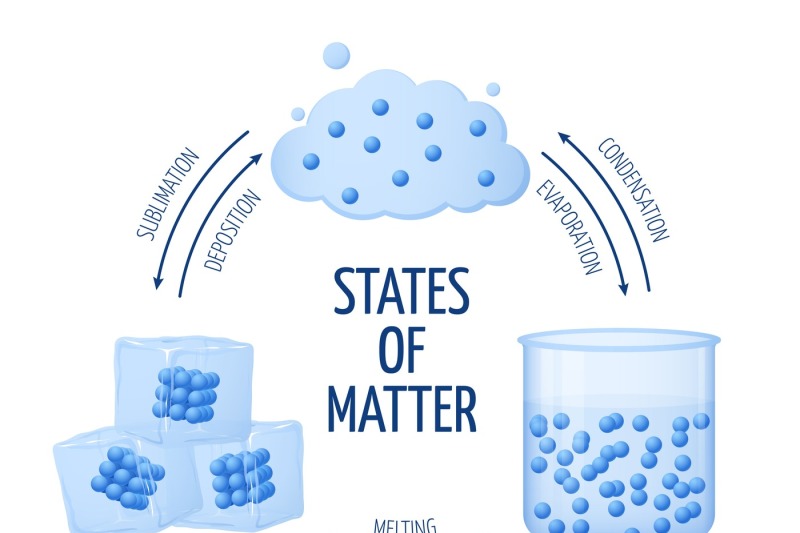
Different states of matter solid, liquid, gas vector diagram By
Key points Almost everything is made of particles. Particles can be atoms, molecules or ions. Particles behave differently in solids, liquids and gases. The particle model explains the.
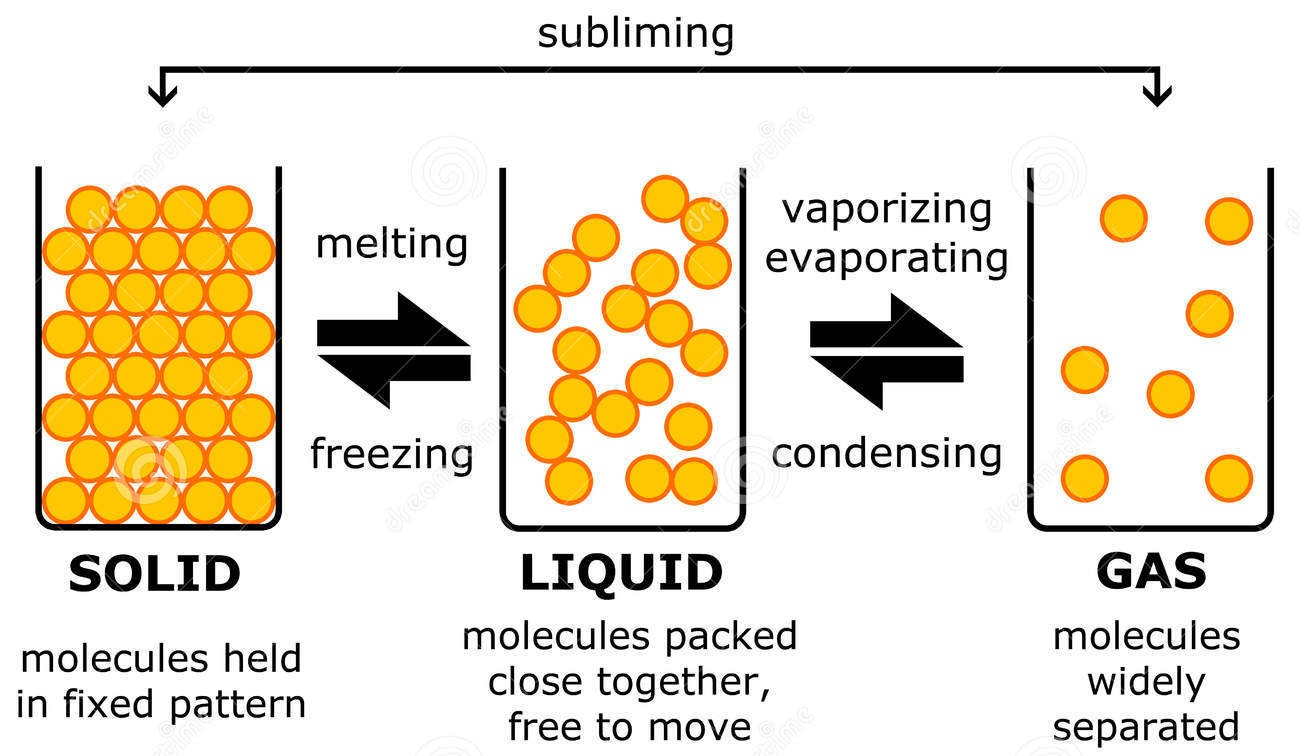
Physics Matter Online Education System
Matter can exist in one of three main states: solid, liquid, or gas. Solid matter is composed of tightly packed particles. A solid will retain its shape; the particles are not free to move around. Liquid matter is made of more loosely packed particles. It will take the shape of its container. Particles can move about within a liquid, but they.
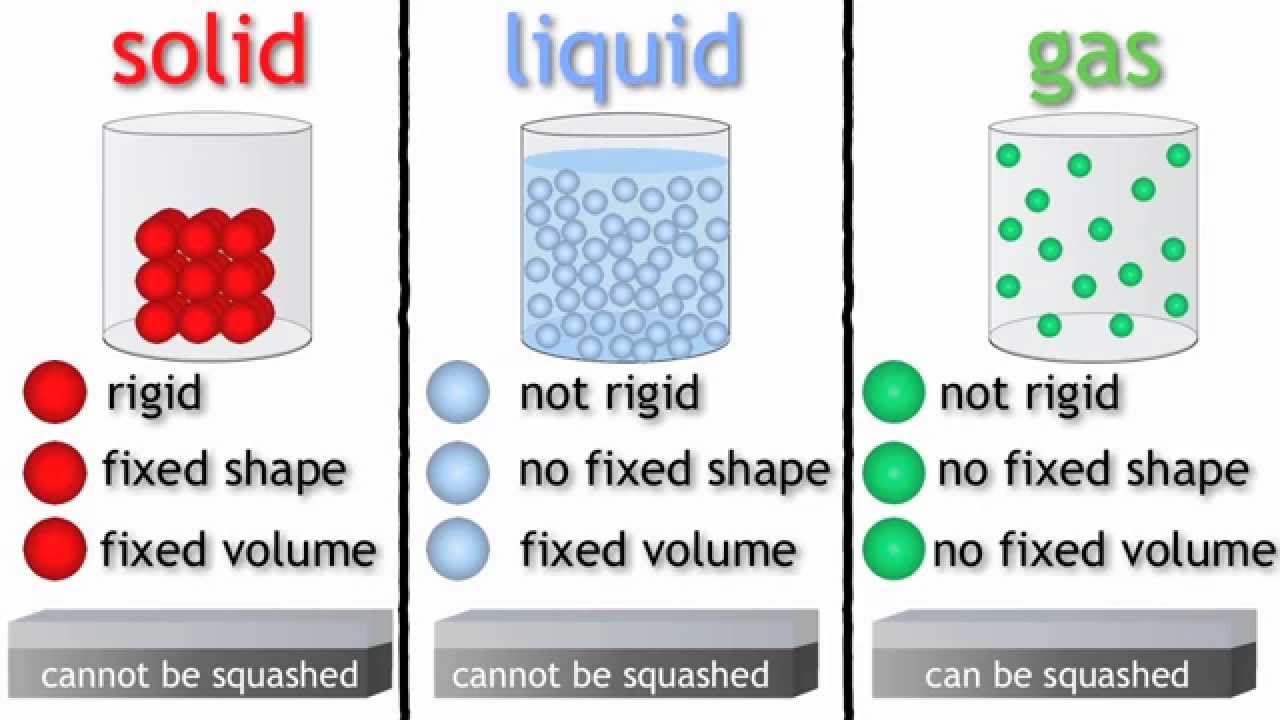
Solids, Liquids, and Gases
State of matter. Bromine in both liquid and gas state, encased inside acrylic in solid state. In physics, a state of matter is one of the distinct forms in which matter can exist. Four states of matter are observable in everyday life: solid, liquid, gas, and plasma. Many intermediate states are known to exist, such as liquid crystal, and some.
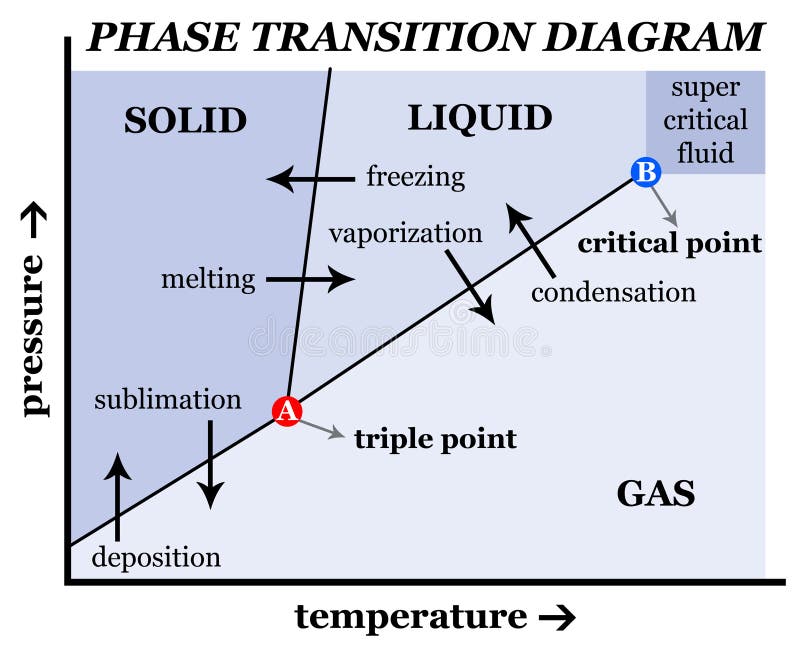
Solid liquid gas stock illustration. Illustration of atom 83381916
Solids . A solid has a definite shape and volume because the molecules that make up the solid are packed closely together and move slowly. Solids are often crystalline; examples of crystalline solids include table salt, sugar, diamonds, and many other minerals. Solids are sometimes formed when liquids or gases are cooled; ice is an example of a cooled liquid which has become solid.
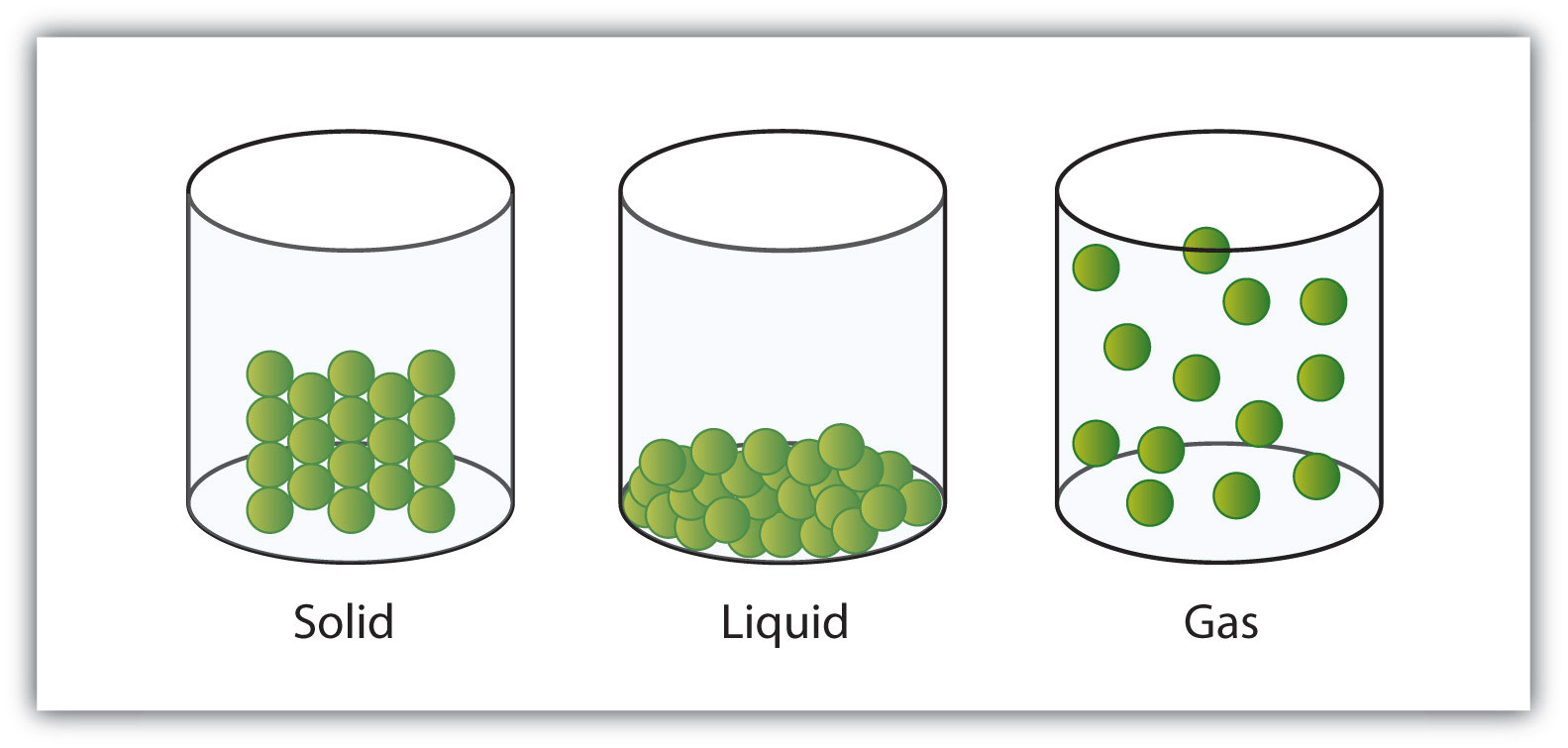
How does the arrangement of the particles in a liquid compare to that
AboutTranscript. In this video, we'll learn how to represent solids, liquids, and gases using particulate models. The particles in a solid are either highly ordered (if the solid is crystalline) or have no regular arrangement (if the solid is amorphous). In both cases, the motion of the particles is limited. The particles in a liquid are close.

IGCSE Edexcel Chemistry Help 1.1 understand the arrangement, movement
The solid liquid line is "normal" (meaning positive sloping). For this, complete the following: 1. Roughly sketch the phase diagram, using units of atmosphere and Kelvin. Answer. 1-solid, 2-liquid, 3-gas, 4-supercritical fluid, point O-triple point, C-critical point -78.5 °C (The phase of dry ice changes from solid to gas at -78.5 °C) 2.
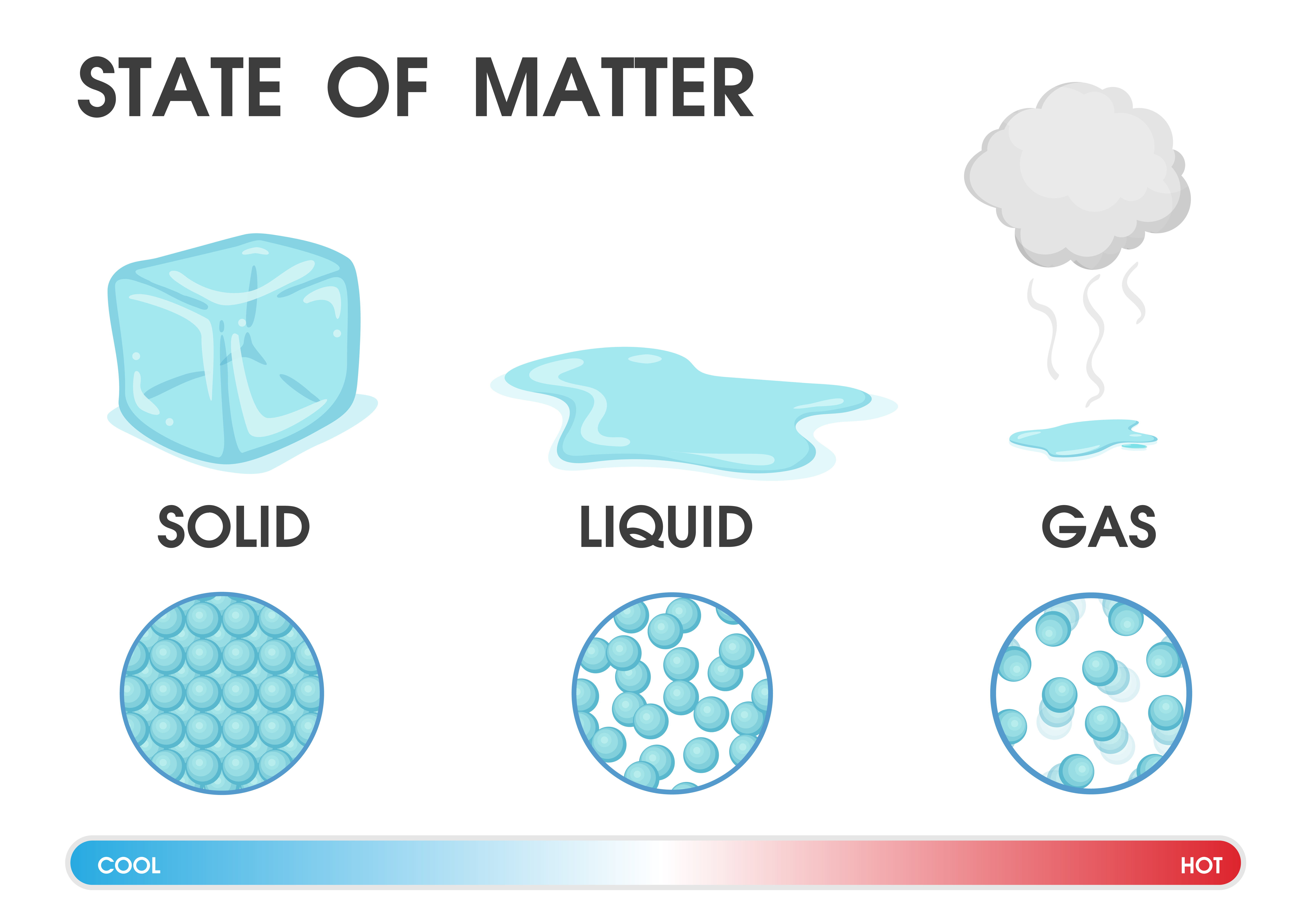
solid liquid gas drawing
AQA The three states of matter - AQA Solids, liquids and gases The three states of matter can be represented by the particle model. This model explains the properties of substances in their.

Solids, Liquids, & Gases! Rachel A Tall Drink of Water
Solids and liquids. The particles of a solid are very close together.It melts when it changes from the solid state to the liquid state. The particles of a liquid remain close together, so there is.
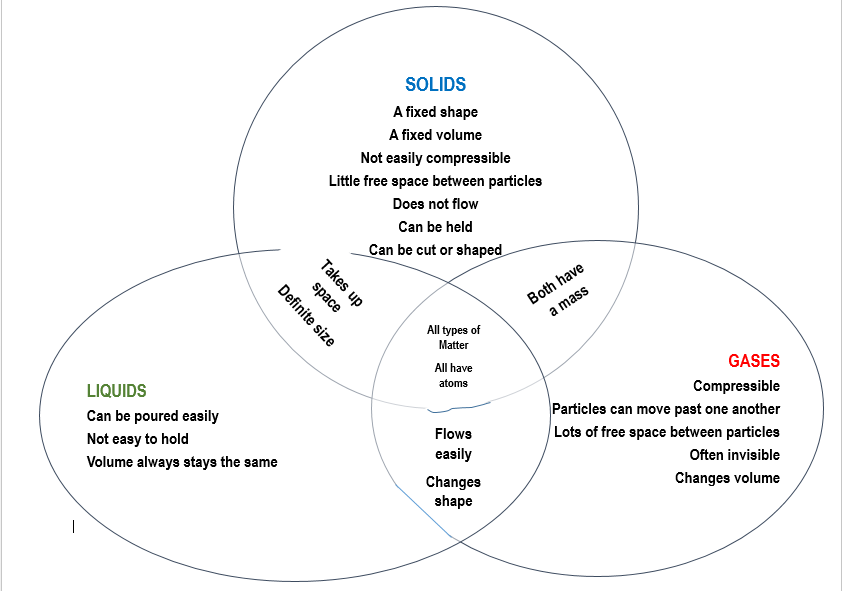
Q2 Understanding Solids, Liquids and Gases
Particles in a: gas vibrate and move freely at high speeds. liquid vibrate, move about, and slide past each other. solid vibrate (jiggle) but generally do not move from place to place. Liquids and solids are often referred to as condensed phases because the particles are very close together.
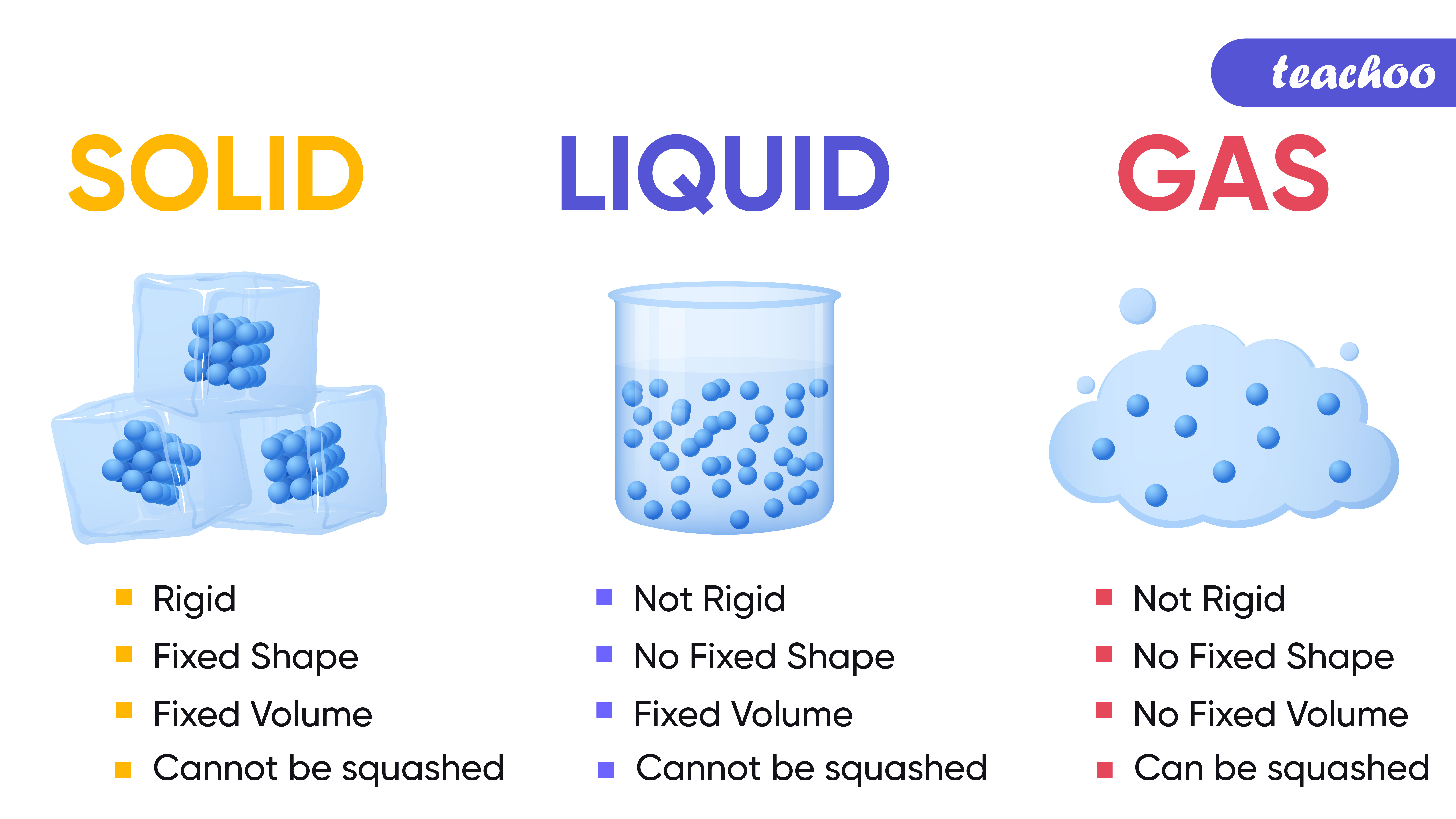
Solids Liquids And Gases Images and Photos finder
Key points Video - particles Solids Liquids Gases Test your knowledge Quiz Key points Substances can exist in three states of matter - solid, liquid and gas. All substances are made.

Q1) solid liquid and gas Science Matter in Our Surroundings
When most solids melt, the liquid they produce takes up a bit more volume than the original solid. (Water is an exception here. Water takes up less volume than the same mass of ice. The water particles in ice are packed in a very open way which collapses when it melts.) This diagram of the arrangement of particles in a liquid has the same.

Pin de tintinwin en nilar Estados de agregación de la materia
12: Intermolecular Forces: Liquids And Solids
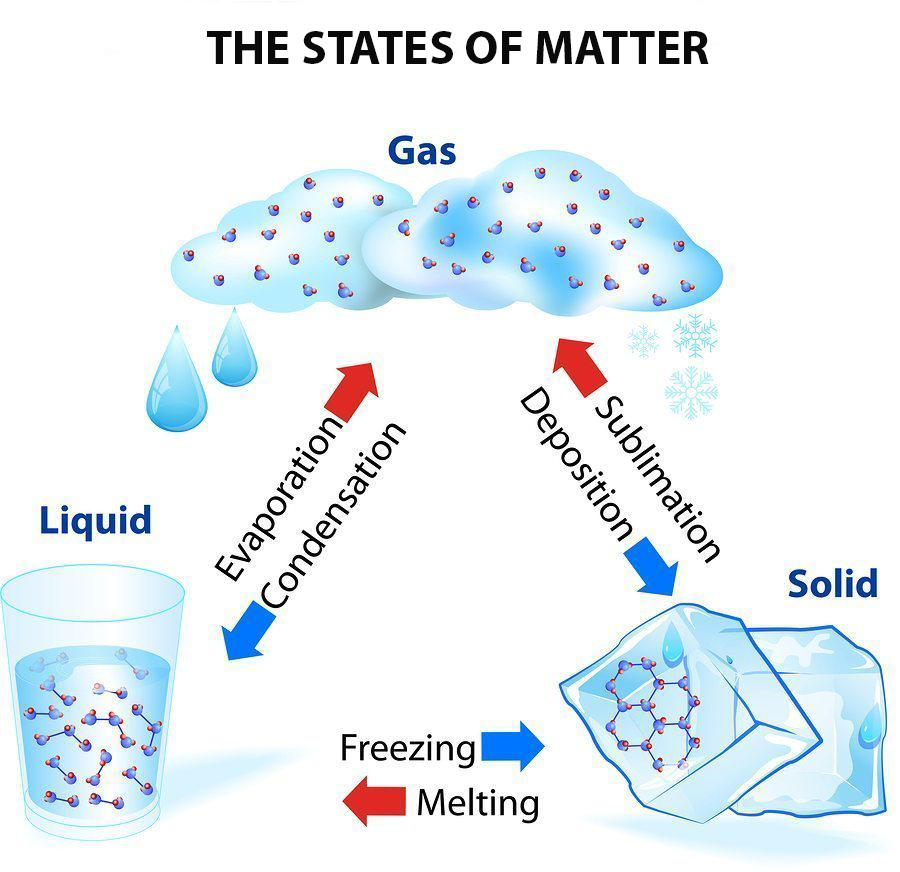
Itinerant Mission 3 Physical States of Matter Solid Liquid Gas
In this video, we will learn how to identify the three common states of matter and describe and compare the properties of solids, liquids, and gases. Say we have a bottle of perfume. There's a simple experiment we can do. First, we'll take the lid off and weigh the bottle of perfume. Next, we'll leave the bottle of perfume near an open.
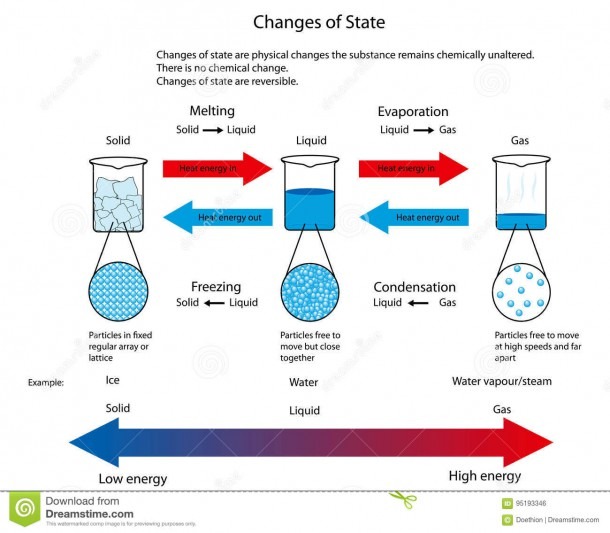
Gas Liquid And Solid Diagram
Solids: have a fixed volume and a fixed shape cannot flow, because their particles cannot move from place to place cannot be easily compressed , because their particles are close together with no.

PPT APES Unit 2 Abiotic and Biotic Parts of Ecosystems PowerPoint
The change from solid to liquid usually does not significantly change the volume of a substance. However, the change from a liquid to a gas significantly increases the volume of a substance, by a factor of 1,000 or more. Figures \(\PageIndex{3}\) and \(\PageIndex{4}\) show the differences among solids, liquids, and gases at the molecular level.